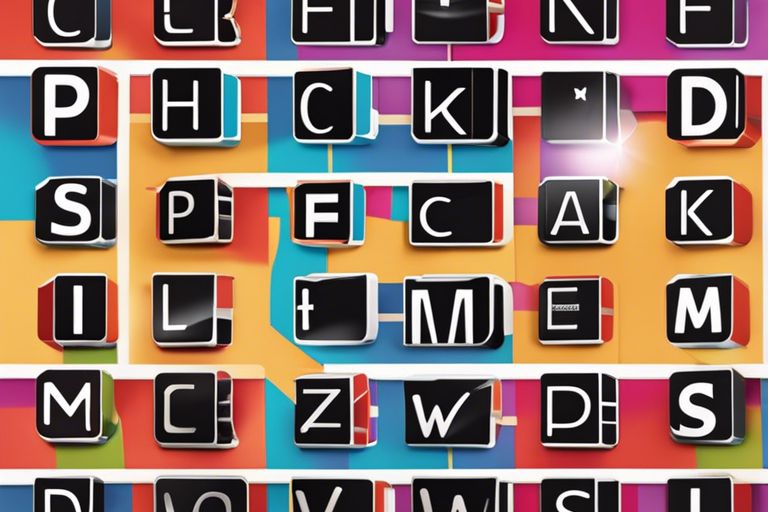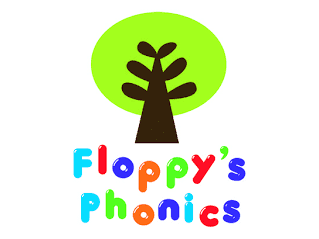Most educators and parents understand the importance of reading comprehension in a child’s academic success. But can phonics, a method of teaching reading and writing by correlating sounds with letters or groups of letters, truly help improve reading comprehension? In this blog post, we will explore the role of phonics in developing strong reading skills and its impact on overall comprehension levels. By delving into the research and expert opinions on this subject, we aim to provide a comprehensive understanding of how phonics can be a valuable tool in enhancing reading comprehension abilities.
Key Takeaways:
- Phonics is beneficial for reading comprehension: Teaching phonics helps students improve their reading comprehension by developing their ability to decode words and understand their meanings.
- Understanding phonics rules is crucial: Familiarity with phonics rules allows readers to make sense of new words they encounter while reading, enhancing their comprehension skills.
- Phonics instruction should be systematic: Structured phonics lessons that progress from simple to complex concepts are essential for students to grasp the foundations of reading and comprehension.
- Phonics can bridge the gap for struggling readers: For students who struggle with reading comprehension, phonics instruction provides a structured approach to improve their decoding and comprehension skills.
- Combining phonics with other reading strategies is effective: Integrating phonics instruction with vocabulary building, reading fluency exercises, and comprehension strategies can further enhance students’ overall reading skills.
Foundations of Phonics Instruction
If we want to understand the role of phonics in improving reading comprehension, we must first look at the foundations of phonics instruction. Phonics is a method of teaching reading that emphasizes the relationship between sounds and their corresponding symbols in the written language. By teaching students how to decode words by recognizing and manipulating the sounds of their constituents, phonics instruction can help develop essential reading skills.
Principles of Effective Phonics Teaching
Phonics instruction is most effective when it is systematic and explicit. This means that teachers follow a planned sequence of teaching phonics concepts, starting with the most basic and progressing to more complex skills. Additionally, explicit phonics instruction involves directly teaching students the relationships between letters and sounds, rather than expecting them to infer these connections on their own.
Effective phonics teaching also involves providing students with ample opportunities to apply their phonics skills in authentic reading and writing activities. By incorporating phonics into meaningful contexts, students can see the practical benefits of their phonics instruction and transfer these skills to their independent reading and writing.
Integration of Phonics into Literacy Programs
Integration of phonics into literacy programs is crucial for creating a comprehensive approach to reading instruction. Phonics should be seamlessly woven into all aspects of literacy instruction, including shared reading, guided reading, independent reading, and writing activities. This integration ensures that students have consistent exposure to phonics concepts and can apply these skills across different contexts.
Plus, when phonics instruction is integrated into literacy programs, students can see how phonics fits into the broader framework of reading comprehension. By connecting phonics to other reading strategies, such as vocabulary development, fluency practice, and comprehension skills, students can develop a more holistic understanding of how phonics contributes to their overall reading proficiency.
Phonics and Reading Comprehension
Some educators and researchers believe that phonics can play a crucial role in improving reading comprehension. Phonics is a method of teaching reading and spelling by correlating sounds with individual letter or letter combinations, which can enhance a reader’s ability to decode words accurately.
How Phonics Supports Understanding of Text
With a strong foundation in phonics, readers are better equipped to break down unfamiliar words into familiar sounds and patterns. This decoding skill is essential for fluid reading and comprehension, as it allows readers to focus on understanding the meaning of the text rather than struggling with individual words. Additionally, phonics instruction helps readers recognize spelling patterns and common spelling rules, which can further aid in comprehension by improving overall reading fluency.
On the other hand, readers who lack phonics skills may struggle to decode words accurately, leading to difficulties in understanding the text’s meaning. Empirical studies have shown a strong correlation between phonics instruction and improved reading comprehension skills across various age groups and proficiency levels.
Empirical Evidence Relating Phonics to Comprehension
Empirical research has demonstrated that phonics instruction is associated with significant gains in reading comprehension among students. A study conducted by the National Reading Panel found that systematic phonics instruction resulted in better reading outcomes compared to non-phonics approaches. Furthermore, longitudinal studies have shown that students who received phonics instruction continued to demonstrate higher levels of reading comprehension in subsequent years.
Strategies for Enhancing Comprehension through Phonics
Interactive Reading Techniques
For effective reading comprehension, interactive reading techniques can be a great tool when incorporating phonics. These techniques involve engaging the reader in a more dynamic way, such as asking questions while reading, encouraging predictions based on phonetic patterns, and discussing the meanings of unfamiliar words.
Strategies to promote interactive reading can include having group discussions about the text, using phonics-based games and puzzles, and incorporating technology for interactive learning. By actively involving the reader in the reading process through phonics, comprehension can be significantly improved.
Contextual Phonics Activities for Better Comprehension
One way to enhance reading comprehension through phonics is by incorporating contextual phonics activities. These activities involve using real-world examples and texts to reinforce phonetic patterns and word meanings. For example, reading recipes, street signs, and other everyday texts can help readers apply phonics skills in a practical setting.
With contextual phonics activities, readers can make connections between phonics rules and their application in various contexts, leading to a deeper understanding of the text. This approach not only improves phonics skills but also enhances overall reading comprehension.
Overcoming Challenges with Phonics
Now that we have discussed the benefits of using phonics to improve reading comprehension, it is important to address the challenges that may arise during this process. By overcoming these obstacles, students can enhance their reading skills effectively.
Addressing Misconceptions about Phonics
Overcoming misconceptions about phonics is crucial for successful implementation. One common misconception is that phonics is only beneficial for young children or struggling readers. In reality, phonics instruction can benefit readers of all ages and abilities. Another misconception is that phonics is solely about memorizing rules. While rules are important, phonics also involves understanding the relationship between sounds and letters, which is essential for decoding and comprehending text.
Tailoring Phonics Instruction to Individual Needs
One effective way to overcome challenges with phonics is by tailoring instruction to individual needs. Every student has unique learning styles and abilities, so a one-size-fits-all approach may not be effective. By assessing each student’s strengths and weaknesses, educators can tailor phonics instruction to target areas of difficulty and provide appropriate support. This personalized approach can help students progress at their own pace and build a strong foundation in phonics.
Needs may vary among students, with some requiring more practice with certain phonics rules while others may benefit from additional reinforcement of decoding skills. Educators can use diagnostic assessments to identify specific areas where students struggle and develop targeted interventions to address these needs. By adjusting instruction to meet individual needs, educators can help students overcome challenges and improve their reading comprehension through phonics.
Final Words
Drawing together the evidence from various studies and educational experts, it is clear that phonics can indeed help improve reading comprehension in learners. By focusing on sound-letter relationships, phonics instruction equips students with essential skills to decode and understand written text effectively. However, it is important to supplement phonics instruction with other literacy strategies to ensure a well-rounded approach to reading comprehension. Teachers and parents should incorporate a variety of methods, including vocabulary building, comprehension strategies, and exposure to different types of texts, to support students in becoming proficient readers. With a holistic approach to literacy instruction, phonics can play a valuable role in enhancing reading comprehension skills in learners of all ages.
FAQ
Q: What is phonics?
A: Phonics is a method of teaching reading and writing that focuses on the relationship between sounds and their corresponding letters or letter combinations.
Q: Can phonics help improve reading comprehension?
A: Yes, phonics can help improve reading comprehension by helping readers decode words more accurately and fluently, which in turn enhances their understanding of the text.
Q: How does phonics benefit early readers?
A: Phonics benefits early readers by providing them with the foundational skills needed to decode words independently, leading to improved reading fluency and comprehension at a young age.
Q: What are some effective phonics strategies for improving reading comprehension?
A: Effective phonics strategies for improving reading comprehension include systematic instruction in letter-sound correspondence, blending and segmenting sounds in words, and decoding unfamiliar words using phonetic rules.
Q: Is phonics suitable for all learners, including those with reading difficulties?
A: Yes, phonics is beneficial for all learners, including those with reading difficulties, as it provides a structured approach to learning how to read and enhances overall reading comprehension skills over time.











